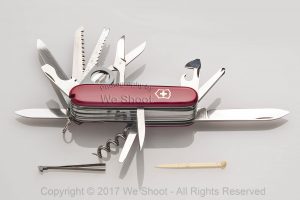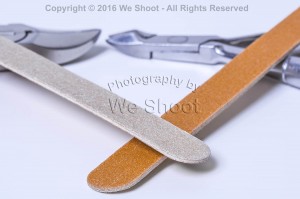We Shoot Photography Of The Day For 4/11/2016
Monday, April 11th, 2016
Click on image to enlarge. Click again to enlarge to full size.
Click on back button to return to post.
Click the “Home” tab above to see earlier posts.

Cardboard nail files in alternating colors. Seattle Commercial Photography by We Shoot.

